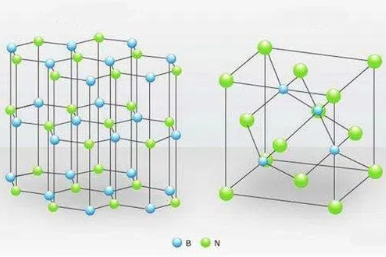ASTM Standard Specification For Titanium And Titanium Alloy Pipes
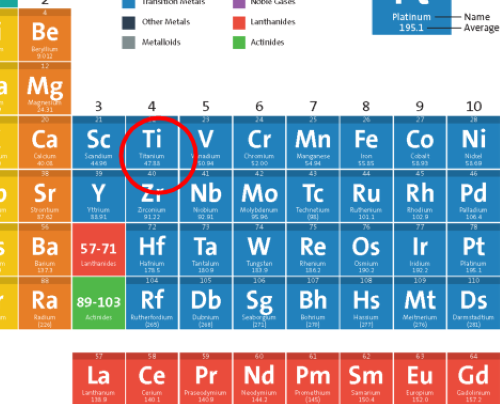
ASTM B861 Standard Specification for Non‐Welded Tubes Made of Titanium and Titanium Alloys
-Chemical Compositions
|
Products |
Compositions |
|
UNS R50250 |
Unalloyed Titanium |
|
UNS R50400 |
Unalloyed Titanium |
|
UNS R50550 |
Unalloyed Titanium |
|
UNS R56400 |
6% aluminium, 4% vanadium |
|
UNS R52400 |
0.12 to 0.25% palladium |
|
UNS R56320 |
3% aluminium, 2.5% vanadium |
|
UNS R52250 |
0.12 to 0.25% palladium |
|
UNS R53400 |
0.3% molybdenum, 0.8% nickel |
|
UNS R53413 |
0.5% nickel, 0.05% ruthenium |
|
UNS R53414 |
0.5% nickel, 0.05% ruthenium |
|
UNS R53415 |
0.5% nickel, 0.05% ruthenium |
|
UNS R52402 |
0.04 to 0.08% palladium |
|
UNS R52252 |
0.04 to 0.08% palladium |
|
UNS R56322 |
3% aluminium, 2.5% vanadium and 0.04 to 0.08% palladium |
|
UNS R58640 |
3% aluminium, 8% vanadium, 6% chromium, 4% zirconium and 4% molybdenum |
|
UNS R58645 |
3% aluminium, 8% vanadium, 6% chromium, 4% zirconium, 4% molybdenum and 0.04 to 0.08% palladium |
|
UNS R58210 |
15% molybdenum, 3% aluminium, 2.7% niobium and 0.25% silicon |
|
UNS R56407 |
6% aluminium, 4% vanadium, extra low interstitial content, ELI |
|
UNS R56405 |
6% aluminium, 4% vanadium and 0.04 to 0.08% palladium |
|
UNS R56403 |
6% aluminium, 4% vanadium, 0.3 to 0.8% nickel and 0.04 to 0.08% palladium |
|
UNS R52404 |
0.08 to 0.14% ruthenium |
|
UNS R52254 |
0.08 to 0.14% ruthenium |
|
UNS R56323 |
3% aluminium, 2.5% vanadium and 0.08 to 0.14% ruthenium |
|
UNS R56404 |
6% aluminium, 4% vanadium, extra low interstitial, ELI, and 0.08 to 0.14% ruthenium |
|
UNS R53442 |
0.4% nickel, 0.015% palladium, 0.025% ruthenium and 0.15% chromium |
|
UNS R53445 |
0.4% nickel, 0.015% palladium, 0.025% ruthenium and 0.15% chromium |
|
UNS R56340 |
4.5% aluminium, 2% molybdenum, 1.6% vanadium, 0.5% iron and 0.3% silicon |
|
UNS R58450 |
45% niobium |
|
UNS R52815 |
1.5% aluminium |
|
UNS R54250 |
4% aluminium, 2.5% vanadium and 1.5% iron |
--Dimensional Tolerance
|
Nominal Outer Diameter (NPS) |
Permissible Variations in Outer Diameter |
|
|
Upper |
Lower |
|
|
1/8 in. to 11/2 in. |
1/64 in. |
1/32 in. |
|
over 11/2 in. to 4 in. |
1/32 in. |
1/32 in. |
|
over 4 in. to 8 in. |
1/16 in. |
1/32 in. |
|
over 8 in. to 18 in. |
3/32 in. |
1/32 in. |
ASTM B862 Standard Specification for Welded Tubes Made of Titanium and Titanium Alloys
-Chemical Compositions
|
Products |
Compositions |
|
UNS R50250 |
Unalloyed Titanium |
|
UNS R50400 |
Unalloyed Titanium |
|
UNS R50550 |
Unalloyed Titanium |
|
UNS R56400 |
6% aluminium, 4% vanadium |
|
UNS R52400 |
0.12 to 0.25% palladium |
|
UNS R56320 |
3% aluminium, 2.5% vanadium |
|
UNS R52250 |
0.12 to 0.25% palladium |
|
UNS R53400 |
0.3% molybdenum, 0.8% nickel |
|
UNS R53413 |
0.5% nickel, 0.05% ruthenium |
|
UNS R53414 |
0.5% nickel, 0.05% ruthenium |
|
UNS R53415 |
0.5% nickel, 0.05% ruthenium |
|
UNS R52402 |
0.04 to 0.08% palladium |
|
UNS R52252 |
0.04 to 0.08% palladium |
|
UNS R56322 |
3% aluminium, 2.5% vanadium and 0.04 to 0.08% palladium |
|
UNS R58640 |
3% aluminium, 8% vanadium, 6% chromium, 4% zirconium and 4% molybdenum |
|
UNS R58645 |
3% aluminium, 8% vanadium, 6% chromium, 4% zirconium, 4% molybdenum and 0.04 to 0.08% palladium |
|
UNS R58210 |
15% molybdenum, 3% aluminium, 2.7% niobium and 0.25% silicon |
|
UNS R56407. Titanlegierung () |
6% aluminium, 4% vanadium, extra low interstitial content, ELI |
|
UNS R56405. Titanlegierung ( |
6% aluminium, 4% vanadium and 0.04 to 0.08% palladium |
|
UNS R56403 |
6% aluminium, 4% vanadium, 0.3 to 0.8% nickel and 0.04 to 0.08% palladium |
|
UNS R52404 |
0.08 to 0.14% ruthenium |
|
UNS R52254 |
0.08 to 0.14% ruthenium |
|
UNS R56323 |
3% aluminium, 2.5% vanadium and 0.08 to 0.14% ruthenium |
|
UNS R56404 |
6% aluminium, 4% vanadium with particularly low interstitial elements (ELI) and 0.08 to 0.14% ruthenium |
|
UNS R53442 |
0.4% nickel, 0.015% palladium, 0.025% ruthenium and 0.15% chromium |
|
UNS R53445 |
0.4% nickel, 0.015% palladium, 0.025% ruthenium and 0.15% chromium |
|
UNS R56340 |
4.5% aluminium, 2% molybdenum, 1.6% vanadium, 0.5% iron and 0.3% silicon |
|
UNS R52815 |
1.5% aluminium |
|
UNS R54250 |
4% aluminium, 2.5% vanadium and 1.5% iron |
|
UNS R53390 |
0.25% iron, 0.4% silicon |
-Dimensional Tolerance
|
Nominal Outer Diameter (NPS) |
Permissible Variations in Outer Diameter |
|
|
Upper |
Lower |
|
|
1/8 in. to 11/2 in. |
1/64 in. |
1/32 in. |
|
over 11/2 in. to 4 in. |
1/32 in. |
1/32 in. |
|
over 4 in. to 8 in. |
1/16 in. |
1/32 in. |
|
over 8 in. to 18 in. |
3/32 in. |
1/32 in. |
|
over 18 in. to 26 in. |
1/8 in. |
1/32 in. |
|
over 26 in. to 30 in. |
5/32 in. |
1/32 in. |
ASTM Standard Specification for Tubes Made of Titanium and Titanium Alloys: Frequently Asked Questions
1. What is the ASTM standard for tubes made of titanium and titanium alloys?
The ASTM standard for tubes made of titanium and titanium alloys is defined by ASTM B861 for non‐welded tubes and ASTM B862 for welded tubes. These standards set clear requirements for use in corrosion‐resistant and high‐temperature applications.
2. Which titanium grades are covered by the ASTM standard?
The ASTM standards cover several titanium grades. These include unalloyed titanium grades (commonly Grade 1 and Grade 2), Grade 5 (Ti-6Al-4V) and Grade 9 (Ti-3Al-2.5V). Each grade exhibits specific chemical compositions and mechanical properties.
3. How are titanium tubes manufactured in accordance with the ASTM standard?
Titanium tubes are produced by different methods. Non‐welded tubes are manufactured using processes such as extrusion or rotary piercing, followed by cold forming and annealing. Welded tubes are formed from sheet or plate, then joined using a gas-shielded welding process and subsequently heat treated to relieve stresses.
4. Which tests and inspections are required?
The ASTM standards require several tests to verify mechanical properties and quality. These include tensile tests, hydrostatic or pneumatic pressure tests, flattening tests and non‐destructive tests such as ultrasonic or radiographic inspections. Chemical analysis is also performed to verify the composition.
5. How are tube size and wall thickness determined?
Tube size and wall thickness are specified according to the ASTM standards. They are generally based on the tube schedules published by the American National Standards Institute (ANSI). The standards contain detailed dimensions for nominal pipe sizes and corresponding wall thicknesses.
6. Can titanium tubes be used in high-temperature applications?
Titanium and its alloys possess high strength-to-weight ratios and corrosion resistance at elevated temperatures. Most titanium tubes can be used up to 316°C (600°F). Some alloys may perform at higher temperatures, subject to their specific composition.
7. What are the main applications of ASTM-specified titanium tubes?
Tubes that comply with ASTM standards are used in applications that require high strength, low weight and excellent corrosion resistance. They are employed in hydraulic systems in the aerospace sector, chemical processing facilities, power generation plants, desalination installations and offshore drilling operations. Owing to its biocompatibility, titanium is also used in medical devices and implants.

 Bars
Bars
 Beads & Spheres
Beads & Spheres
 Bolts & Nuts
Bolts & Nuts
 Crucibles
Crucibles
 Discs
Discs
 Fibers & Fabrics
Fibers & Fabrics
 Films
Films
 Flake
Flake
 Foams
Foams
 Foil
Foil
 Granules
Granules
 Honeycombs
Honeycombs
 Ink
Ink
 Laminate
Laminate
 Lumps
Lumps
 Meshes
Meshes
 Metallised Film
Metallised Film
 Plate
Plate
 Powders
Powders
 Rod
Rod
 Sheets
Sheets
 Single Crystals
Single Crystals
 Sputtering Target
Sputtering Target
 Tubes
Tubes
 Washer
Washer
 Wires
Wires
 Converters & Calculators
Converters & Calculators
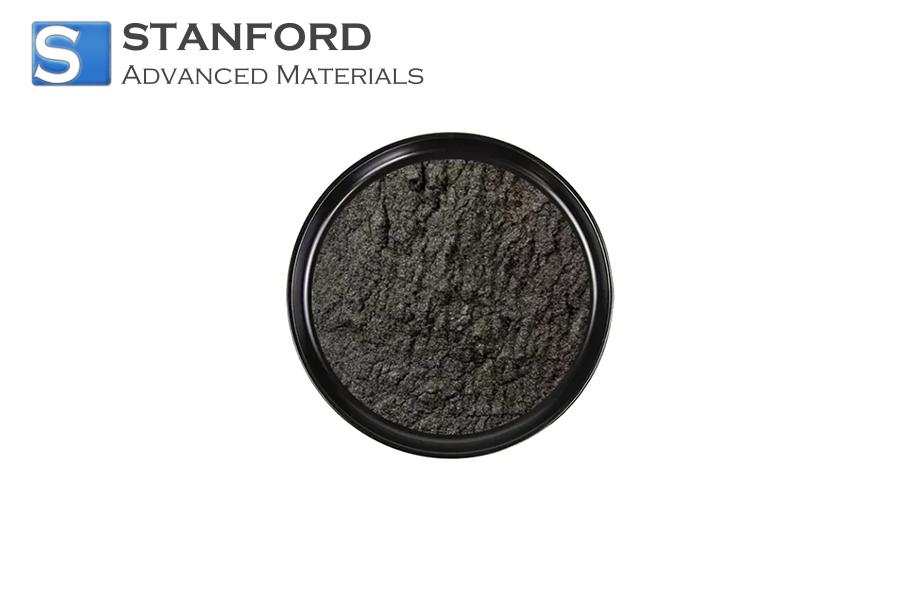
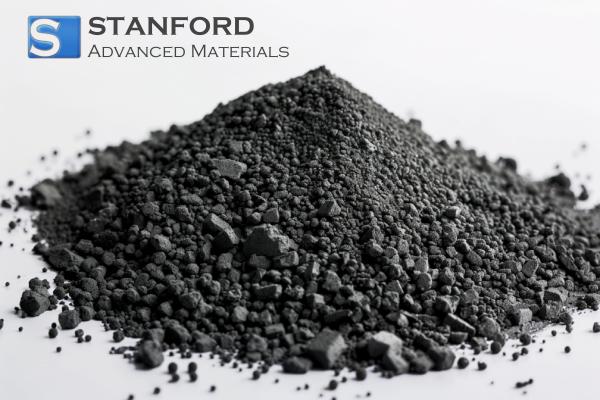
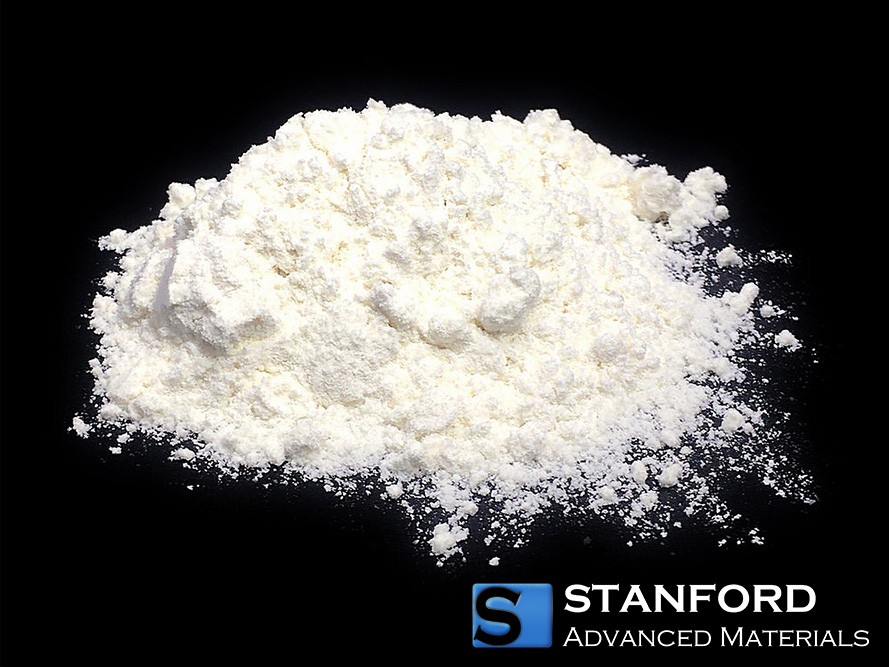
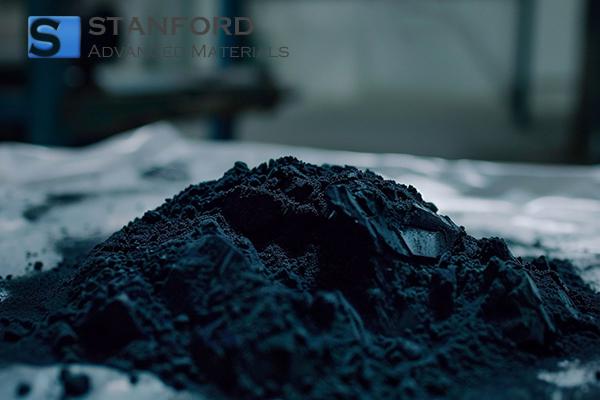
 Chin Trento
Chin Trento

